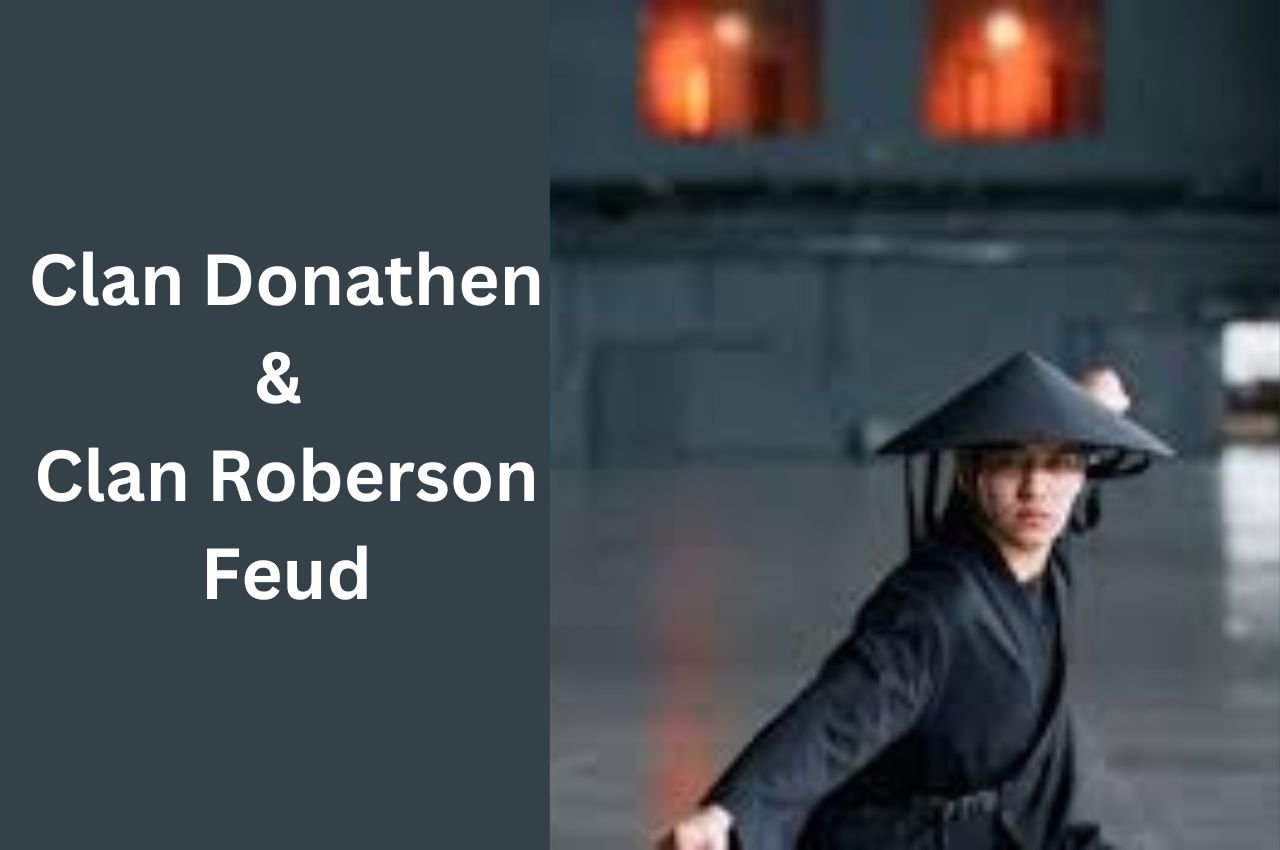Clans have always held a significant historical place, symbolizing unity, strength, and shared heritage. However, not all relationships between clans were peaceful. The feud between Clan Donathen and Clan Roberson is a tale of rivalry that spanned generations, rooted in pride, honor, and deeply held grievances.
This article explores the origins of their conflict, its consequences, and the eventual resolution that brought peace to these two storied clans.
Origins of the Feud
The feud’s origins between Clan Donathen and Clan Roberson can be traced back to a dispute over land and resources. Both clans were powerful in their respective territories, with Donathen known for its strategic strongholds and Roberson recognized for its prosperous farmlands. Their neighboring domains often led to competition over shared resources such as rivers, forests, and grazing land.
The spark for the feud is believed to have been an incident involving disputed hunting grounds. Clan Donathen accused members of Clan Roberson of encroaching on their territory and poaching game, while Clan Roberson argued that the land in question was historically theirs. What began as a minor disagreement quickly escalated into a bitter conflict fueled by pride and an unwillingness to compromise.
The Nature of the Rivalry
The feud was not limited to territorial disputes. It evolved into a multi-faceted rivalry that touched various aspects of life, including trade, politics, and alliances. The clans fought each other at every turn, whether in local councils, economic ventures, or marriages.
1. Skirmishes and Raids
The animosity often manifested in physical confrontations. Skirmishes broke out along the disputed borders, with both clans suffering losses. Raids on livestock and crops became common, leading to economic hardship for both sides.
2. Political Maneuvering
In the political arena, Clan Donathen and Clan Roberson sought to outmaneuver each other by forming alliances with other clans. These alliances further polarized the region, as neutral clans often drew into the conflict by coercion or shared interests.
3. Cultural Competition
The feud also extended into cultural pride. Both clans began to emphasize their unique traditions, songs, and symbols, using them to assert superiority over the other. This cultural rivalry deepened the divide, making reconciliation even more challenging.
Impact on the Clans
The prolonged feud had far-reaching consequences for both Clan Donathen and Clan Roberson. While the rivalry was initially fueled by pride and ambition, it eventually became a burden that weakened both clans.
1. Economic Decline
The constant raids and skirmishes disrupted trade and agriculture, leading to economic decline in both territories. Resources that could have been used for development were diverted to sustain the conflict.
2. Loss of Life
Generations of clan members grew up in an environment of hostility, with many losing their lives in battles. The personal toll of the feud was immense, as families mourned the loss of loved ones and lived in fear of further violence.
3. Fragmentation of Alliances
As the feud dragged on, the alliances between clans began to fragment. Other clans grew weary of the constant conflict and distanced themselves, leaving Donathen and Roberson isolated.
The Path to Resolution
Despite the deep-rooted nature of the feud, a resolution was eventually achieved through the efforts of visionary leaders from both clans. Realizing the ongoing conflict was unsustainable, these leaders took bold steps to bring peace.
1. Mediation by a Neutral Party
A neighboring clan with historical ties to Donathen and Roberson offered to mediate. This neutral party facilitated discussions between the leaders, creating a space for open dialogue and negotiation.
2. Marriage Alliance
A strategic marriage was arranged between members of the two clans to solidify the peace. This union symbolized a new beginning, demonstrating a willingness to move beyond the past and build a shared future.
3. Joint Projects
The clans agreed to collaborate on projects that benefited both territories, such as building shared infrastructure and restoring trade routes. These initiatives fostered trust and interdependence, gradually eroding the animosity.
4. Formal Treaty
The resolution was formalized through a treaty that clearly defined territorial boundaries and established mechanisms for resolving future disputes peacefully. This treaty became a cornerstone for lasting harmony.
Legacy of the Feud
The feud between Clan Donathen and Clan Roberson is remembered as a cautionary tale about the dangers of pride and conflict. It is also hailed, though, as evidence of the strength of harmony and collaboration.
Today, the descendants of both clans coexist peacefully, sharing a bond forged through hardship and mutual respect. The lessons learned from their history have inspired a commitment to unity and collaboration, ensuring that past mistakes are not repeated.
Conclusion
The feud between Clan Donathen and Clan Roberson is a powerful reminder of the complexities of human relationships. While rivalry and conflict are often fueled by pride and ambition, they can be overcome through dialogue, compromise, and a shared vision for the future.
The fact that their quarrel was resolved is evidence of the human spirit’s tenacity and the capacity to find common ground despite firmly held disagreements. As we reflect on their story, we are reminded of the importance of choosing unity over division and cooperation over conflict.
FAQs About the Clan Donathen and Clan Roberson Feud
1. What started the feud between Clan Donathen and Clan Roberson?
The feud began with a dispute over hunting grounds and territorial boundaries, which escalated into a prolonged rivalry involving political, economic, and cultural competition.
2. How long did the feud last?
The exact duration of the feud is unclear, but it spanned multiple generations, leaving a lasting impact on both clans.
3. What were the consequences of the feud?
Economic degradation, fatalities, and coalition disintegration were the results of the feud. Both clans suffered greatly from the prolonged conflict.
4. How was the feud resolved?
The feud was resolved through mediation by a neutral party, a strategic marriage alliance, collaborative projects, and a formal treaty.
5. What is the legacy of the feud?
The legacy of the feud is a lesson in the dangers of conflict and the importance of reconciliation. The eventual peace between the clans serves as a symbol of hope and unity.
6. Are Clan Donathen and Clan Roberson still active today?
While the historical clans may not function as they once did, their descendants continue to honor their shared heritage and the lessons learned from their history.

Arrow Hayes is a writer and the mind behind TechReverbs.com, dedicated to simplifying technology for everyday users. With expertise in emerging trends and practical insights, Arrow delivers concise, valuable content to keep readers informed in the fast-paced digital world.



